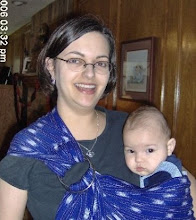For research into cord clamping, try these sites:
Gentlebirth Archives - Perhaps the most comprehensive list of resources on cord clamping available, but you will also get about 50 different opinions.
Cordclamp.com - Lots of good, technical info, but advocates the idea that premature cord clamping is responsible for autism, cerebral palsy, mental retardation, and the fact that more women than men get college degrees. Also contains the archives of the now-defunct, oft-linked-to cordclamping.com.
Cochrane Review information on Cord Clamping in Preterm Infants, Cord Clamping in Term Infants, and Topical Cord Care.
Lotus Birth from Answers.com
Lotus Birth from Wikipedia.
Umbilical Cord from Wikipedia.
And for the last word on the issue, a recent study published in the JAMA - Late vs Early Clamping of the Umbilical Cord in Full-term Neonates: Systematic Review and Meta-analysis of Controlled Trials (March 21, 2007):
Delaying clamping of the umbilical cord in full-term neonates for a minimum of 2 minutes following birth is beneficial to the newborn, extending into infancy. Although there was an increase in polycythemia among infants in whom cord clamping was delayed, this condition appeared to be benign.






No comments:
Post a Comment